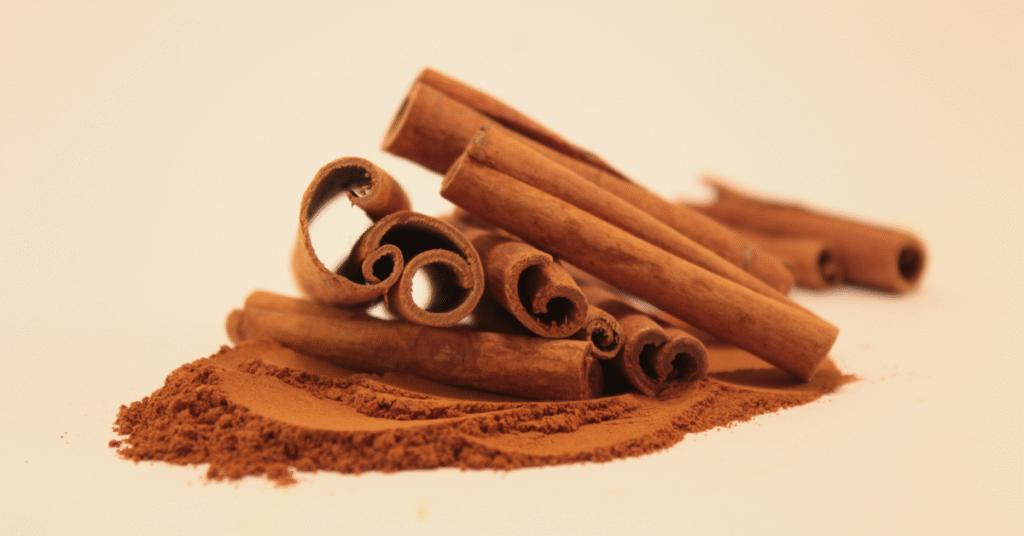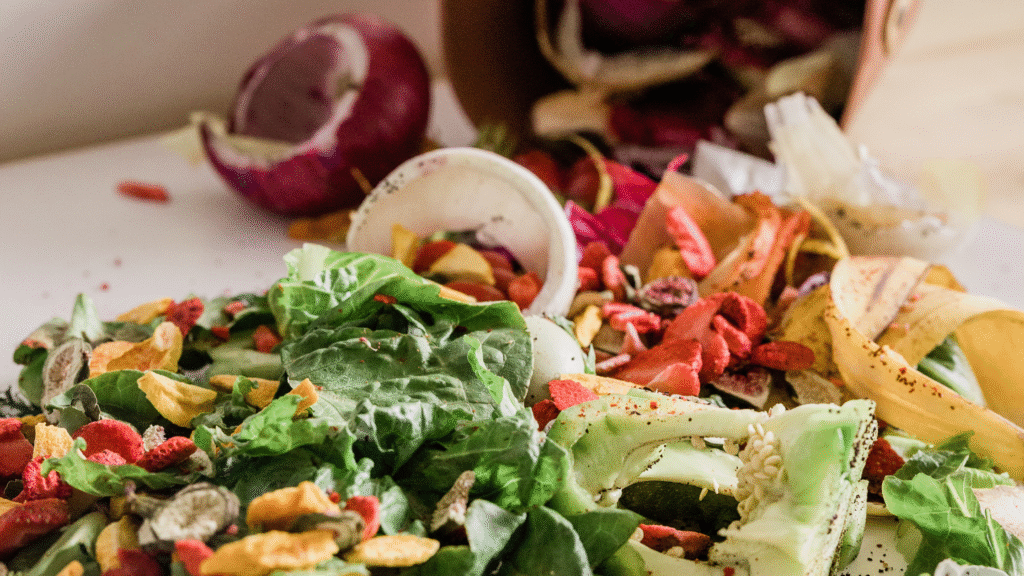Picture this.
You’re sipping tea on a quiet morning, and instead of dropping a store-bought cinnamon stick into your cup, you pluck one straight from your own indoor tree. Sounds unreal, right? But here’s the thing—growing cinnamon indoors isn’t just possible; it’s easier than most people think.
And if you stick with me for the next few minutes, I’ll show you exactly how to do it. You’ll learn what soil works best, how to care for the tree, and even how long it takes before you can harvest your own fragrant bark.
So, if you’ve ever wondered whether you could have a tropical spice tree thriving inside your home, the answer is yes. Let’s dive in.
Why Grow Cinnamon Indoors?
Let’s be honest. Most people think cinnamon only belongs in faraway plantations, not in a pot inside their living room. But here’s what they don’t know:
- Cinnamon trees can adapt well to container growing.
- They add a unique tropical feel to your home.
- You get a supply of natural, chemical-free spice.
- They’re conversation starters. Imagine your guest’s face when you say, “That’s not just a plant. That’s cinnamon.”
But the biggest reason? Control. You decide the soil, the water, the care—no pesticides, no mystery chemicals.
For extra inspiration, check out this cinnamon plant care guide.
Understanding the Cinnamon Plant
Cinnamon comes from the inner bark of trees in the Cinnamomum family. The two most popular types are:
- Cinnamomum verum (True Cinnamon or Ceylon cinnamon): Lighter flavor, thinner bark.
- Cinnamomum burmannii (Indonesian cinnamon): Stronger flavor, thicker bark.
Both can be grown indoors. Your choice depends on taste preference and availability in your region.
Want proof? Studies like this one on seed viability show just how adaptable cinnamon can be in different conditions.
Step 1: Choose the Right Container
Here’s where most beginners mess up. They grab any pot, drop in a seed, and wait. Wrong move.
Cinnamon trees need:
- A large, deep container (at least 18–20 inches).
- Good drainage holes to prevent root rot.
- A sturdy base since the tree can grow tall.
A pot that mimics outdoor soil depth gives the roots enough room to breathe.
For those curious about growing in pots, this cinnamon pot guide has great details.
Step 2: Pick the Right Soil
Cinnamon isn’t picky, but it does have a favorite. Think of soil like a mattress—you wouldn’t want to sleep on rocks, and neither does your plant.
Here’s the winning mix:
- Sandy loam soil (light and well-draining).
- A touch of organic compost for nutrients.
- pH level between 4.5 and 5.5 (slightly acidic).
Pro tip: Avoid heavy clay. It suffocates the roots.
Step 3: Start from Seed or Cuttings
You’ve got two options:
Growing Cinnamon from Seeds
Seeds give you the full experience, but they need patience.
- Use fresh seeds (they lose viability fast).
- Soak them for 24 hours before planting.
- Plant in moist soil, about ½ inch deep.
- Keep warm (above 70°F).
Here’s a fascinating study on cinnamon seedlings if you want the science behind it.
You can also follow this full seed growing guide.
Growing Cinnamon from Cuttings
This method is quicker.
- Take a semi-hardwood cutting, about 6 inches long.
- Dip the end in rooting hormone.
- Plant in moist, sandy soil.
- Cover with a plastic dome to trap humidity.
Here’s a deeper cuttings guide.
Step 4: Provide the Right Light
Cinnamon trees love the sun but hate scorching heat. Indoors, that balance matters even more.
- Place the pot near a south-facing window.
- If natural light is weak, use a grow light for 6–8 hours daily.
- Avoid placing the tree directly under harsh midday sun.
Step 5: Watering the Cinnamon Tree
Here’s the golden rule: Keep soil moist, not soggy.
Overwatering = root rot.
Underwatering = stunted growth.
The trick is checking the top inch of soil. If it feels dry, water. If not, wait.
Humidity helps too. Mist the leaves occasionally or place a water tray nearby.
Step 6: Fertilizing Indoors
Your cinnamon tree isn’t in the wild—it’s relying on you.
Use a balanced fertilizer (10-10-10) every 6–8 weeks during the growing season. Cut back in winter when the tree rests.
For organic lovers, compost tea or seaweed extract works wonders.
Step 7: Pruning and Care
Cinnamon trees can grow tall—sometimes up to 10 feet indoors. But you don’t want a jungle in your living room.
- Prune back branches once a year.
- Remove weak or dead stems.
- Shape the tree to your space.
This also helps air circulation, reducing disease risk.
For more details, see this care guide.
Step 8: Harvesting Cinnamon Indoors
Here’s the fun part.
But be patient—it usually takes 2–3 years before your first harvest.
Steps:
- Choose a healthy branch about 2–3 years old.
- Cut it close to the base.
- Peel the outer bark carefully.
- The inner bark curls as it dries—that’s your cinnamon stick.
Want to know exactly how long it takes? Read this guide.
Common Problems and Fixes
Even indoors, challenges pop up. Here’s your cheat sheet:
- Yellow leaves? Overwatering. Let soil dry.
- Brown leaf tips? Low humidity. Mist more often.
- Slow growth? Add fertilizer or move to brighter light.
- Pests? Watch for spider mites and aphids. Wipe leaves with neem oil.
Extra Uses for Homegrown Cinnamon
You’re not just growing a plant—you’re cultivating benefits.
- Tea: Brew cinnamon sticks for calming tea. (See cinnamon tea benefits).
- Cooking: Use in stews, rice dishes, or baking.
- Medicinal: Studies like this one show cinnamon may help with blood sugar regulation.
- Aroma: Simmer bark in water for natural home fragrance.
Growing Cinnamon Indoors: Quick Checklist
- Large pot with drainage.
- Sandy, slightly acidic soil.
- Bright, indirect sunlight.
- Moderate, consistent watering.
- Balanced fertilizer every 6–8 weeks.
- Occasional pruning for shape.
- Patience: 2–3 years before harvesting.
Resources for Growing Cinnamon
If you’re hungry for more details, these resources are worth your time:
- How to grow cinnamon sticks
- Growing cinnamon outdoors
- How to grow cinnamon from sticks in Nigeria
- Times of Agriculture: How to grow cinnamon plant
- Medical study on cinnamon benefits
Final Thoughts
Here’s the truth. Growing cinnamon indoors isn’t just gardening—it’s a little rebellion. While others buy spices from shelves, you grow yours in the corner of your home.
Yes, it takes patience. Yes, it requires care. But the reward? Fresh cinnamon sticks that you grew yourself.
So here’s my challenge: Don’t just think about it. Pick up a seed, a cutting, or even a starter plant today. Place it by your window. Start small.
Months from now, when someone asks why your house smells like a tropical spice garden, you’ll smile and say, “That’s my cinnamon tree.”
Your move.
Will you buy another jar of store-bought cinnamon… or will you start growing your own indoors today?


